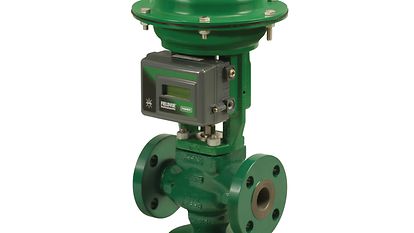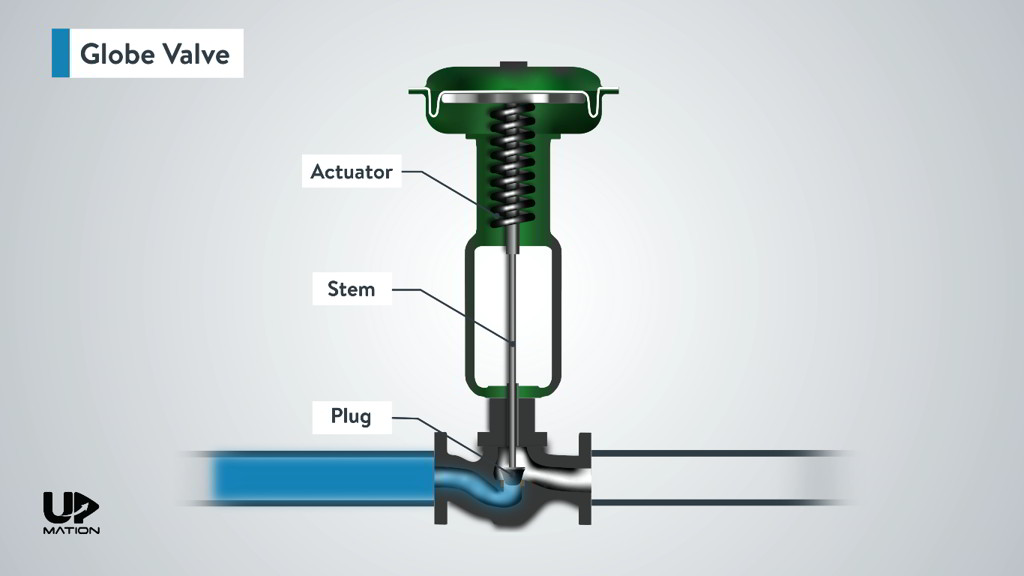Ingenious Control Valves: Enhancing Accuracy and Dependability
Ingenious Control Valves: Enhancing Accuracy and Dependability
Blog Article
Achieve Seamless Assimilation and Control With High Quality Structure Automation Controls
In the realm of modern-day structure monitoring, the relevance of high quality structure automation controls can not be overstated. As innovation remains to advance, the combination and control of different systems within a structure have advanced to be much more innovative and effective. The smooth procedure and tracking of lighting, HVAC, safety, and various other structure functions have actually become critical for enhancing resident convenience, energy effectiveness, and overall functional efficiency. The trip in the direction of attaining real integration and control is a multifaceted one, with factors to consider ranging from system compatibility to cybersecurity. Welcoming top quality structure automation controls is not simply an issue of convenience however a critical critical for organizations aiming to optimize their facilities' performance and sustainability.

Evolution of Structure Automation Controls
Throughout the previous few years, the development of building automation controls has actually dramatically transformed the means buildings are handled and operated. Originally, constructing automation systems mainly concentrated on basic features such as managing home heating, air, and air flow conditioning (A/C) systems. Nevertheless, as modern technology progressed, these controls have actually come to be extra sophisticated, enabling for a bigger variety of structure systems to be incorporated and managed centrally.
The development of building automation controls has actually seen a change in the direction of even more intelligent systems that can adapt to transforming problems in real-time. This versatility is important for enhancing energy efficiency and making sure passenger convenience. Furthermore, modern structure automation controls currently use functions such as predictive upkeep, remote tracking, and information analytics, allowing facility supervisors to make data-driven choices to enhance building efficiency.

Advantages of High Quality Assimilation
The advancement in building automation manages towards more intelligent systems has actually underscored the considerable advantages of quality combination in optimizing structure operations and improving overall efficiency. This central control also supplies much better presence and insights into building efficiency, making it possible for positive maintenance and optimization methods. Overall, the advantages of top quality assimilation in structure automation controls are undeniable, using boosted performance, convenience, and functional performance.
Improved Individual Experience and Availability
Enhancing individual interaction with building automation manages through instinctive layout and enhanced availability elevates the overall experience for passengers and facility supervisors alike. By focusing on user experience, building automation systems can become a lot more straightforward and effective. Intuitive user interfaces, clear navigation, and personalized settings encourage individuals to engage with the controls quickly and efficiently.
Ease of access attributes play a critical duty in making certain that all people, including those with specials needs, can use the structure automation manages with ease. Integrating features such as voice commands, tactile buttons, and color-contrasted display screens can enhance availability and make the controls extra inclusive.
In addition, improved customer experience leads to higher user satisfaction, enhanced performance, and much better decision-making. Passengers can readjust ecological settings according to their preferences, while center managers can successfully keep track of and handle structure systems - control valves. On the whole, prioritizing customer experience and availability in building automation controls contributes to a much more seamless and effective building atmosphere for all stakeholders entailed
Sustainable Practices With Automation

In addition, automation can assist in the assimilation of renewable resource resources such as solar panels or wind generators right into structure procedures. By automatically changing power usage based upon the schedule of eco-friendly power, buildings can better minimize their dependence on non-renewable resources. This smooth integration of lasting methods not just benefits the setting yet also enhances the total operational efficiency and cost-effectiveness of the building. With automation, structures can line up with contemporary sustainability goals and add to a greener future.
Future Trends in Building Control Equipment
One famous pattern shaping the future of building control systems is the increased assimilation of Artificial Knowledge (AI) and equipment discovering. Furthermore, the Web of Things (IoT) is reinventing building control systems visit site by attaching devices and sensors to simplify operations and improve performance.
Another crucial trend is the focus on cybersecurity steps to secure against possible hazards to building automation systems. As buildings end up being much more interconnected, making certain durable cybersecurity procedures will be necessary to safeguard sensitive information and protect against unauthorized gain access to.
Additionally, the shift in the direction of cloud-based systems is getting momentum, permitting centralized control and remote accessibility to building systems. This assists in much easier surveillance, maintenance, and updates, boosting the general performance and flexibility of structure control systems. As innovation proceeds to development, these trends are anticipated to shape the future landscape of structure automation controls, driving development and sustainability in the constructed setting.
Verdict
Future patterns in structure control systems are likely to focus on further enhancing automation abilities for improved energy effectiveness and overall efficiency. It is vital for structure proprietors and drivers to focus on the fostering of quality building automation controls to maximize structure operations and attain long-lasting sustainability goals.
In the realm of modern building administration, the significance of high quality building automation controls can not be overstated. Overall, the development of structure this automation manages proceeds to drive development in the structure administration sector, offering brand-new opportunities for producing smarter and more sustainable structures.
The development in building automation manages in the direction of more smart systems try this out has highlighted the significant advantages of quality combination in optimizing building operations and improving general efficiency. In general, focusing on user experience and access in structure automation manages adds to an extra seamless and productive structure setting for all stakeholders entailed.
It is crucial for structure owners and drivers to prioritize the adoption of high quality structure automation controls to enhance building operations and accomplish long-lasting sustainability objectives. - control valves
Report this page